

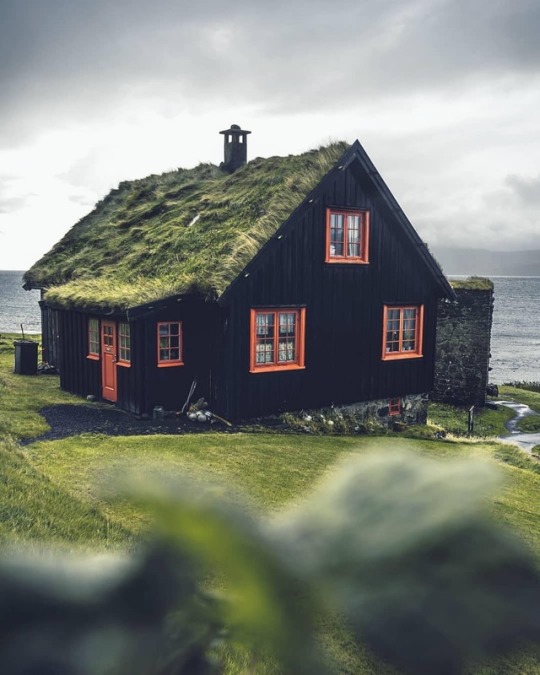

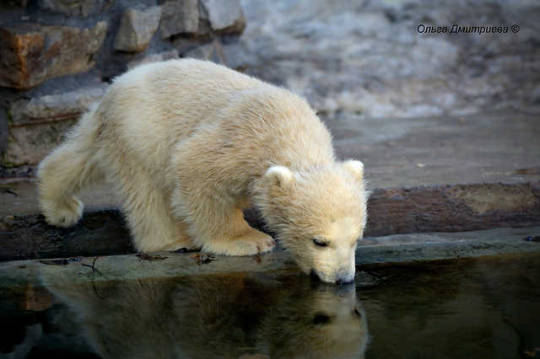
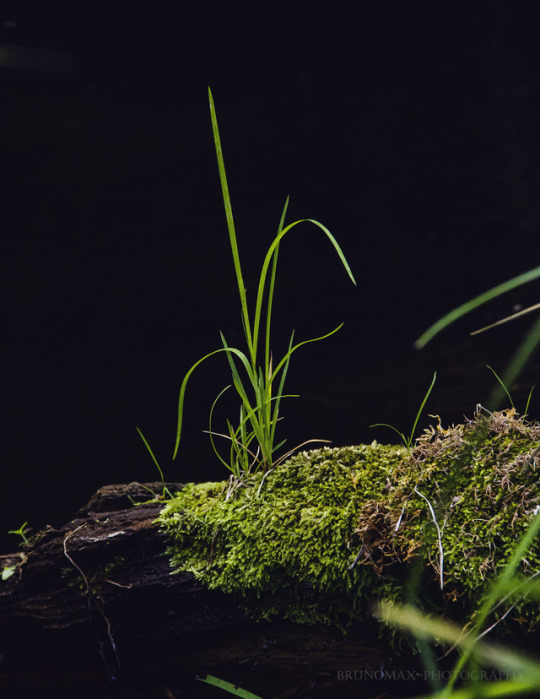

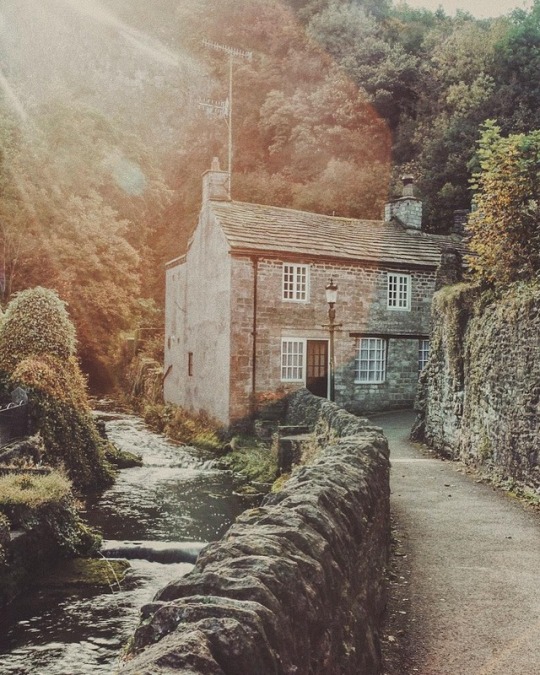

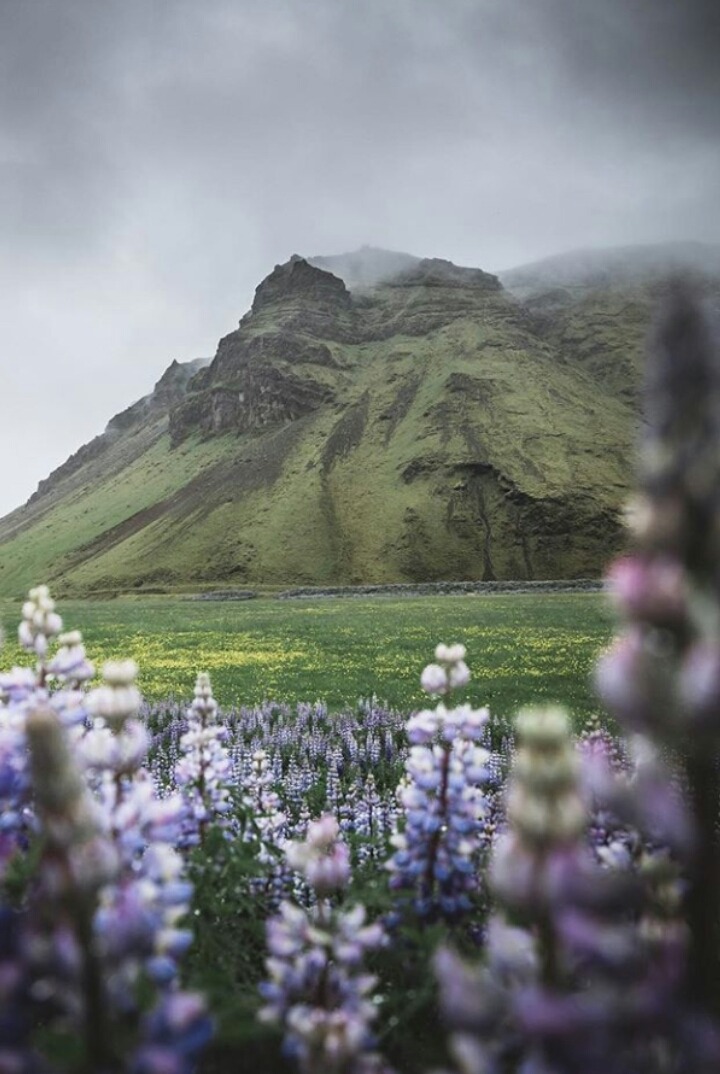





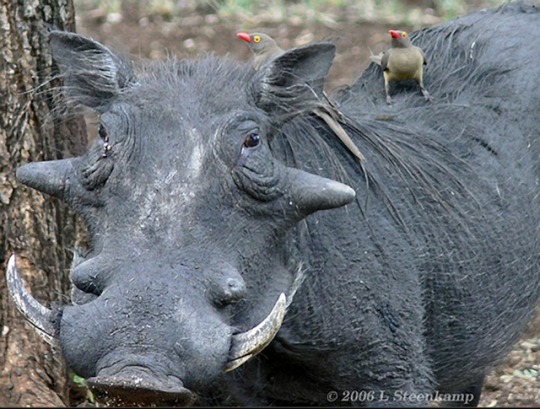



Finally, I’d like to recommend a great wildlife site. Some really fantastic pictures, along with facts about wildlife around an Oxfordshire village.



















Finally, I’d like to recommend a great wildlife site. Some really fantastic pictures, along with facts about wildlife around an Oxfordshire village.
I cost nothing to run so donate to https://www.broadcastingscotland.scot/donate/
The bilingual blog about all things British
Love, theatre and ideas
British Wildlife & Photography
Why Scotland should be an independent country
Thoughts about Scotland & the world, from a new Scot
Bipartisan dialogue for the politically engaged
Impartial Everytime Always
We Provide The Facts, You Make The Decisions
Exploring Rhymes, Reasons, and Nuances of Our World
Mark Doran's Music Blog
Songwriter / Guitarist
This site supports Scottish Independence
A comic about history and stuff by FT
The embittered mumblings of a serial malcontent.
an irreverent look at UK politics
Exploring the Depths of Curiosity
Nature + Health
http://netbij.com
Movies, politics, comedy and more...
You throw a sheep up on the grass roof, at least in the Faroes.
LikeLiked by 2 people
Perfect…. I knew you’d have the answer 🙂
LikeLike
I have a different answer. I’ve see a guy with a scythe, no short welding it to cut the grass on his roof. A sheep sounds less dangerous, though the sheep might not think so but if they’re anything like Soay sheep on Kilda, they jump and climb like wild goats.
LikeLiked by 1 person
Shirt and weilding!!?
LikeLiked by 1 person
Ann, are you thinking of Aidan Turner?
LikeLiked by 1 person
don’t know about Ann but I’m always thinking of Aidan Turner.
LikeLike
There you are then
LikeLiked by 1 person
Well, not everyone has a sheep, so I guess a scythe might be handy 🙂
Maybe a goat is the answer?
LikeLike
He he… I was wondering about the guy with no shorts!!!
LikeLike
So was I, Tris. Thanks, Ann, for reaffirming life!
As always, I loved the orangutans. I think that’s proud Ma Orangutan in the first picture. Her expression is priceless.
Life reaffirmed. Mood lifted. Thank you.
LikeLiked by 1 person
So glad to be of service.
LikeLiked by 1 person
With heavy livestock, the tricky part is hoisting them up on the roof to graze.
This sod house in 1886 Nebraska seems to make use of a conveniently located hill which merges into the “soddie.”
The Icelandic turf houses on the other hand seem to merge turf with wood frame construction. Wiki says that this was “the product of a difficult climate, offering superior insulation compared to buildings solely made of wood or stone, and the relative difficulty in obtaining other construction materials in sufficient quantities.”
So apparently the Icelanders had more wood than the Nebraskans, but not enough to do the whole house.
But NO!……this guy had enough wood to build an entire wood frame house complete with manufactured doors and window frames, but didn’t order up a few loads of modern asphalt shingles to roof it with. Could it be that Iceland has all the modern construction materials, but can’t manage to make asphalt shingles?
In fairness……the English do have a love for thatched roofs on occasional quaint olde cottages. Mostly in the Shakespeare tourism areas I think. (I could be wrong.) 😉
LikeLiked by 2 people
The pitch of these roofs, Danny would require a mountain goad rather than a sheep.
We have thatched houses here too. Not many but a few, and very picturesque they are too. But give me asphalt shingles any time!
LikeLiked by 2 people
Danny, there’s another factor to be taken into account: wind. Winds are frequently high enough in Scotland (yes, to get under people’s slates, tiles and asphalt shingles and rip them off. This is why, when wide-eyed Lunnon-based meteorologists on the BBC warn of windstorms and yellow alerts and the damage they will do, we Scots – particularly those of us in the NW and the islands – say “pfft” and “pshaw”. So – here’s a historic bit of roof architecture from Lewis / Leòdhas, with photies: https://www.virtualheb.co.uk/blackhouses-isle-of-lewis-arnol/.
You’ll notice that the thatched roofs are rounded to avoid sticky-out bits that could blow off, are held down with boulders, that the use of thatch, through which air can pass, equalizes pressure so that the lift effect of high winds is reduced, and rope is used, giving the structure greater flexibility.
More modern Scottish architecture uses the weight of tiles and slates, rather than the weight of sodden straw and built-in wildlife, to compensate for that lift effect, and rather than allow penetration, the heavy slates are tightly pinned to roofs with solid planking rather than the discontinuous and flimsy battens used in southron parts – the roof of your average London semi wouldn’t last a week on Lewis. In other words, solidity, weight and resistance take the place of bending and flexing before the wind.
LikeLiked by 2 people
How learned Munguin’s Republic gets, from time to time.
LikeLiked by 2 people
Ah, Tris, but are Certain Persons who shall remain nameless – that means you, Edward James Freeman – nececelery right? They may be pulling woolly jumpers over the communal eyes! They may be lying through their false teeth with forked tongues and conspiring to bamboozle! They must be treated with more scepticism (that’s skepticism to you, Danny, and to our other Murkan friends) than even the BBC! They may be as bad as Trump (if less prone to feeding a dogmatically slumbering populace with word salads, inflaming them with trash talk about whole caravans of Latina mothers in flip-flops with their small children in hippens (diapers, Danny) invading the United States as terrorists, murderers and rapists!
Certain People deserve to be fact-checked to within an inch of their lives. Just sayin’.
LikeLiked by 2 people
P.S. My gazetteer-like knowledge of toponyms and peerless googling skills tell my that there is a village called Hippenscombe in Wiltshire. This inevitably made me think of that renowned northern Californian viticultural area, the Nappy Valley.
LikeLiked by 2 people
Ed…….When you were in California I hope you enjoyed the fine Napa valley wines. That stuff that the French make can’t compare with what’s produced in the California wine country. 😉
LikeLiked by 2 people
O la la la la la….
LikeLiked by 1 person
Indeed, Danny! We here at Schloß Freeman were particular aficionados of Kenwood Vineyards: I never bought a bottle of Kenwood wine that I didn’t like, really. I remember being particularly impressed by – oh all right, getting particularly sloshed on – this one, literary references and all: https://kenwoodvineyards.com/system/uploads/fae/image/asset/566/BottleShots_2007_JL_Cab.png
LikeLiked by 2 people
Ed…..I see that there’s a Jack London connection beyond the use of his name.
Wiki: Kenwood Vineyards is the exclusive producer of wines from the historic vineyards of Jack London Ranch, located on the western slope of Sonoma Valley in Glen Ellen, California. The first vintage of Kenwood Vineyards’ Jack London Cabernet Sauvignon was in 1977. Today, Kenwood manages the 130-acre vineyard and produces Cabernet Sauvignon, Merlot, Zinfandel and Syrah grown on hillsides that were first terraced by author Jack London. The Jack London Series was one of the first vineyard-designated wines in Sonoma.
https://en.wikipedia.org/wiki/Kenwood_Vineyards
LikeLiked by 2 people
LOL. I’ll be wary, Ed.
LikeLike
In addition pretty much all Scots houses with modern roof coverings will utilise sarking whereas virtually no English properties constructed in the last 200 years do the same. On a “modern” English house there’s VERY little holding the roof trusses together, hence if you get sustained winds of 55knots+ they will tend to come apart rapidly. Ditto any extra load exerted by snow, they’re just not built for it.
Been past the Arnol blackhouse literally thousands of times, worth a look if you’re passing although its not historically accurate inside now. Used to be but a succession of (mainly English) “experts” screwed it up over several decades into the twee monstrosity it is now 🙂 The inside looks nothing like it did in the 1960s when there were still a couple of occupied blackhouses in most villages.
LikeLiked by 3 people
I’d love to see it, but I’d have preferred it left the way it was rather than tarted up for tourists.l
LikeLiked by 1 person
Well its one of a succession of things to see along that road – Arnol blackhouse, whalebone arch in Bragar, the broch in Carloway and then of course the Callanish stones.
LikeLiked by 2 people
One day….
LikeLike
…having looked at google streetview for the Whalebone arch I see the concrete path to the “new house” my dad & I installed in 1981 was still there in 2009. Not too shabby….
LikeLiked by 2 people
Next time Munguin needs a path, Vestas…
LikeLike
That’s the word I was looking for, Vestas – sarking. I suppose it’s no wonder that London meteorologist get so excited about the equivalent of a fairly blowy day in the Outer Hebrides – because it will indeed cause more wind damage than it would do in Scotland.
LikeLiked by 1 person
You get used to it if you live up there.
Having said that there’s been maybe 3 or 4 times I’ve been genuinely terrified – when the wind is over 80knots sustained and gusting to over 100 knots the noise is unbelievable. One of those times was on a (second) cousin’s fishing boat half way to Iceland, which ties in nicely with the original photo 🙂
LikeLiked by 3 people
I often think about what it must be like on a fishing boat in normal conditions. I went out in a converted one a few years ago to see the Bell Rock. It was a calm day and I felt queasy. That’s not far out. and the weather was lovely.
I can’t imagine what it must be like in a gale.
LikeLiked by 1 person
Its like anything else – you get used to it. Helps if you have work to do.
LikeLiked by 3 people
Ed……Very interesting description of the blackhouses. Hard to imagine how smoky it must be in them. It makes a reference to the stone faced walls having an earthen core. That would suggest that it’s a modified form of the turf or sod houses of Iceland and Nebraska. But those houses as I understand it (and from the old pictures) tended to use the heavy turf for the roofing too. Interesting that the blackhouses were able to anchor the thatch roofing in a way that could withstand the winds.
In the American Midwest and Great Plains, we have many severe thunderstorms with heavy winds (not to mention the occasional 200+ mph tornadoes.) A few years back, I was awakened by what was later reported as 80-85 mph (70 kt +) winds. The next morning, I saw that almost all the fairly newly installed asphalt shingles were still anchored, but were individually lifted and curled and standing upright. Windstorms (and hailstorms) are what keep Midwestern roofers in business. Those storms play havoc with asphalt shingles. Wealthy people have slate roofing on their mansions which undoubtedly withstands the winds of severe thunderstorms much better, but you never see slate on a middle class wood frame house.
LikeLiked by 2 people
Slate roofing didn’t use to be a symbol of wealth here in Scotland – they used to mine the stuff here, at Ballachulish: http://t1p.de/6mcn. Much of Edinburgh and Glasgow was roofed with Ballachulish slate.
Have a look at this web page for the place; there’s a button to press to hear it in Gaelic, and notes about what the name means: http://t1p.de/y58m.
LikeLiked by 2 people
Ed…..Fascinating pictures and info about the slate quarry! The arch is amazing.
I’ve only seen slate roofing in this area on the old palatial homes in posh upper class neighborhoods from the era before 1950.
I’m told that many decades ago, the higher quality (but affordable) roofing of choice in this area for middle class and upper middle class homes were wood shingles……either sawn wood, or (thicker) split shakes. They were generally required by building standards of the time in the nicer subdivisions in the 1960’s and 70’s and 80’s. Now they’re usually expressly forbidden, as insurance loss data indicates that they’re a fire hazard.
So asphalt shingles are pretty much everywhere, even in what are now some very pricey neighborhoods. Often the higher quality varieties in wood tone colors.
But when I’m driving down through the Mission Hills area, I still see the slate roofs on the multi-millionaire’s mansions. 😉
LikeLiked by 1 person
Aww lovely cheetah. BTW cats are arrogant! Cartoon showed an Egyptian statue cat asking a modern cat if humans still worshipped them. Reply – I poo in a tray and they always clean it up and provide a new one. Statue – excellent.
Never mind banana stealing, the wee one should stop pulling mum’s hair. Wee tearaway 🙂
LikeLiked by 3 people
Yes. The cats that live in the lower reaches of Munguin Towers are exactly like that. Disagreeable animals.
I’m inclined to agree that that little one need to learn to hold on less tightly. I’m sure mum will soon let him/her know.
LikeLiked by 1 person
Love the facial expressions on the orangutans. 🙂
Looks like there’s not much cable TV in Rome. Delicious looking food though.
LikeLiked by 1 person
Just as a not particularly interesting aside, in Swahili a cheetah is called a duma (which is Russian for a parliament too, which is good because the Russian Parliament is absolutely hoaching with cheatahs), and a warthog – warthogs are cute wee beasts, when they trot through the long grass, they hold their tails with the tufts on the end vertical, like football pennants on car aerials – is an ngiri. That´s what I remember my guys calling it, though you’ll also see mbango in the dictionaries.
In Kenya, the official languages are English and Swahili; in Tanzania, they were more definite – or rather, Nyerere was more definite – about throwing off the colonial yoke, and the official language is Swahili only. Also, there are more native speakers of Swahili in Tanzania; Zanzibar and coastal East Africa are the home of it, really. Maybe that’s why Tanzanians tend to sniff haughtily when exposed to people speaking Kenya-style Swahili, because they consider it coarse, uncouth and full of nasty Anglicisms.
Take the word for the ‘leccy. Here’s some samples: http://t1p.de/xn8k. The first entry is umeme, and that’s probably the word most used in Tanzania. In Kenya, you will hear it called, universally, stima, as when you pay your bill for the stima to the Kenya Power & Lighting Company, known to its many friends and admirers as Kenya Power & Lighting Cuts. I’ve probably mentioned this before, but in Nairobi you can see ads for houses to rent that include the phrase “plentiful water and stima”. “Elektrisiti” is, of course, an anglicism, while the spelling “sitima” comes as a result of people whose native languages are “open syllable” – i.e., every syllable ends in a vowel – inserting the extra vowel to fit in with the structures of their own languages, which they will need to do if they lack the /st/ consonant cluster in that word-initial position. I think the Kisii do that in their language, Ekegusii, but I can’t be too sure unless I ask my elder foster son, whose wife is Kisii.
Cor, I do go on a bit, don’t I?
LikeLiked by 2 people
LOL… it’s always interesting though.
LikeLiked by 1 person
Thanks, Tris! Here’s a couple of photies of warthogs which will show Munguinites what I mean about their tails, though I couldn’t find one in which mama warthog is followed by all her little warthog babies with only their tails showing. https://c1.staticflickr.com/9/8285/7839458098_efbbddc897.jpg
http://t1p.de/7y7z
LikeLiked by 1 person
They are brilliant Ed. Handsome beasts
LikeLiked by 1 person
Ah yes. Umeme. We lived on the outskirts of Dar es Salaam and most of the time did not have any! We had a generator, but it was a massive, noisy thing, so we tended to use kerosine for lamps.
LikeLiked by 1 person
Were you there at the same time as Ed was in Kenya?
LikeLike
Don’t know. I was there 1985 to 1995.
LikeLiked by 2 people
Ed?
LikeLike
I was in TZ for a brief period in 1998 (I think), and in Nairobi from 2000 to 2009. I wish I could back, for half the year anyway. Annual migration, sort of thing.
LikeLiked by 1 person
We used to visit Nairobi, it was always a lot cooler (temperature) than Dar. I remember visiting a “supermarket “, and the shop had little wooden shopping trolleys.
I also saw the movie Out of Africa for the first time in the Drive In Cinema there. In the rain, had to keep the wipers on lol
LikeLiked by 2 people
Cooler than Arusha too, to the south of Nairobi over in TZ. I spent a short time working there before being seconded to The Hague. Later, my French translator colleague Moussa Mansally – may he rest in peace – told me that not long after he arrived in Arusha, he had wanted to buy some razor blades, but couldn’t find any. The locals all told him he should go to Nairobi – so Moussa spent the day looking for some supermarket or other called Nairobi, in Arusha, getting more and more frustrated and being treated as off his head by the locals – because Moussa could not take on board the idea that if he wanted razor blades he should go look for them in the capital city of the neighbouring country.
It should be said that guys around there are not generally as beardy as us wazungu, but still…
I miss Moussa a lot. He was a lovely guy, and very talented. Very artistic: I asked him about a watercolour he had painted which I spotted on his desk, and he explained it was of his house in Dakar, where his family still lived (he had kids in school. I asking him why he had some patches of colour at the side of the drawing and he explained that he was having the exterior repainted and those were the colours he wanted… This was not something I could have done in a month of Sundays.
We shared an office, with our two desks pushed together and facing each other, asking each other work-related language questions. We used to ping little balls of scrunched-up paper when we wanted to attract each other’s attention. Naturally enough, our boss thought we were both mad.
Moussa was a sweet, sweet guy, quiet, kind and brilliant. All honour to him.
LikeLiked by 2 people
Btw, the idyllic house looks typical of the Yorkshire Dales, wonderful place if you can afford it but increasingly hard to get anything as barns etc are converted – expensively – to housing and have to meet National Parks criteria on building materials, roofing etc.
But, as I said, looks typical but may be somewhere less problematical – and less expensive.
LikeLiked by 2 people
Yes, I think that could be right. I tried Google searching it, to no avail.
LikeLike
Found it.
https://www.historic-uk.com/HistoryMagazine/DestinationsUK/Castleton-Peak-District/
LikeLiked by 1 person
Brilliant, Conan. Weel done!
LikeLike
# Cairnlochy/Tris
My guess for your idyllic house would be the Peak District (in fact the White Peak). The stonework is give-away. I worked for the Peak National Park for a number of years and I have many fond memories of walking past properties just like it.
LikeLiked by 2 people
Thanks – Peak District occurred to me as an alternative possibility. Would be interesting to know if the same National Park strictures apply to property there.
LikeLiked by 1 person
You’re bang on right, Bill.
Conan actually found the pic on a Peak District site.
Well done.
LikeLike